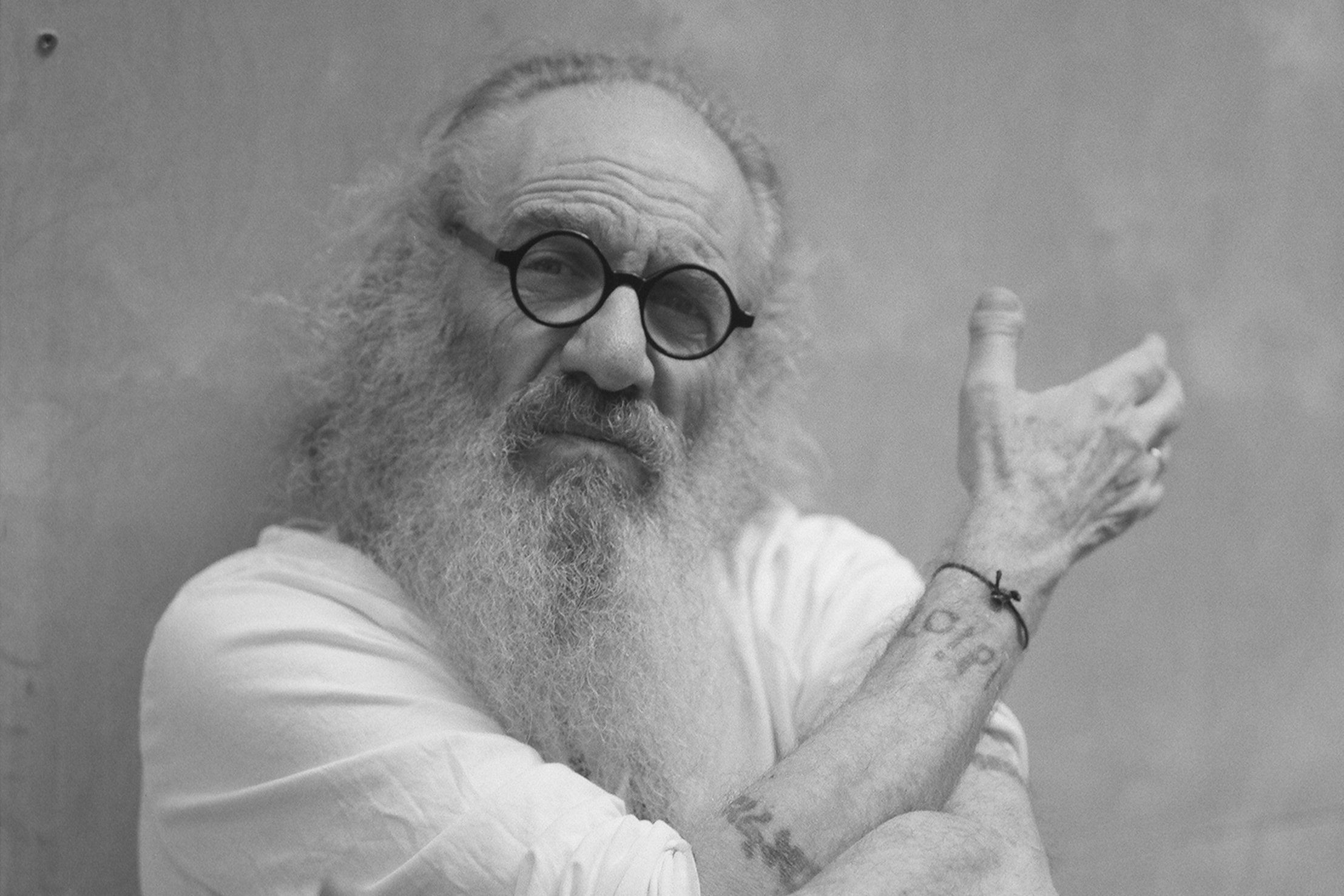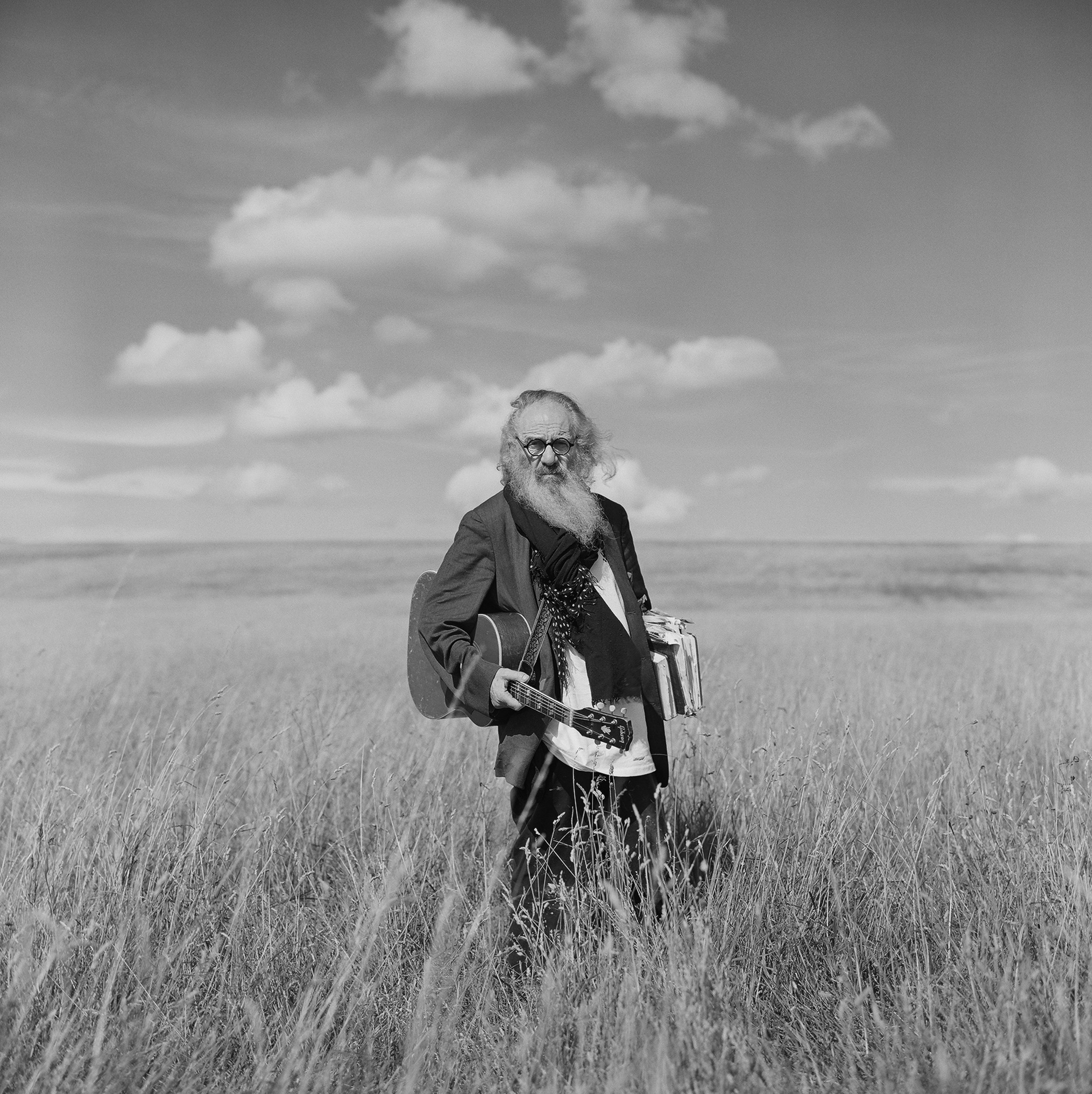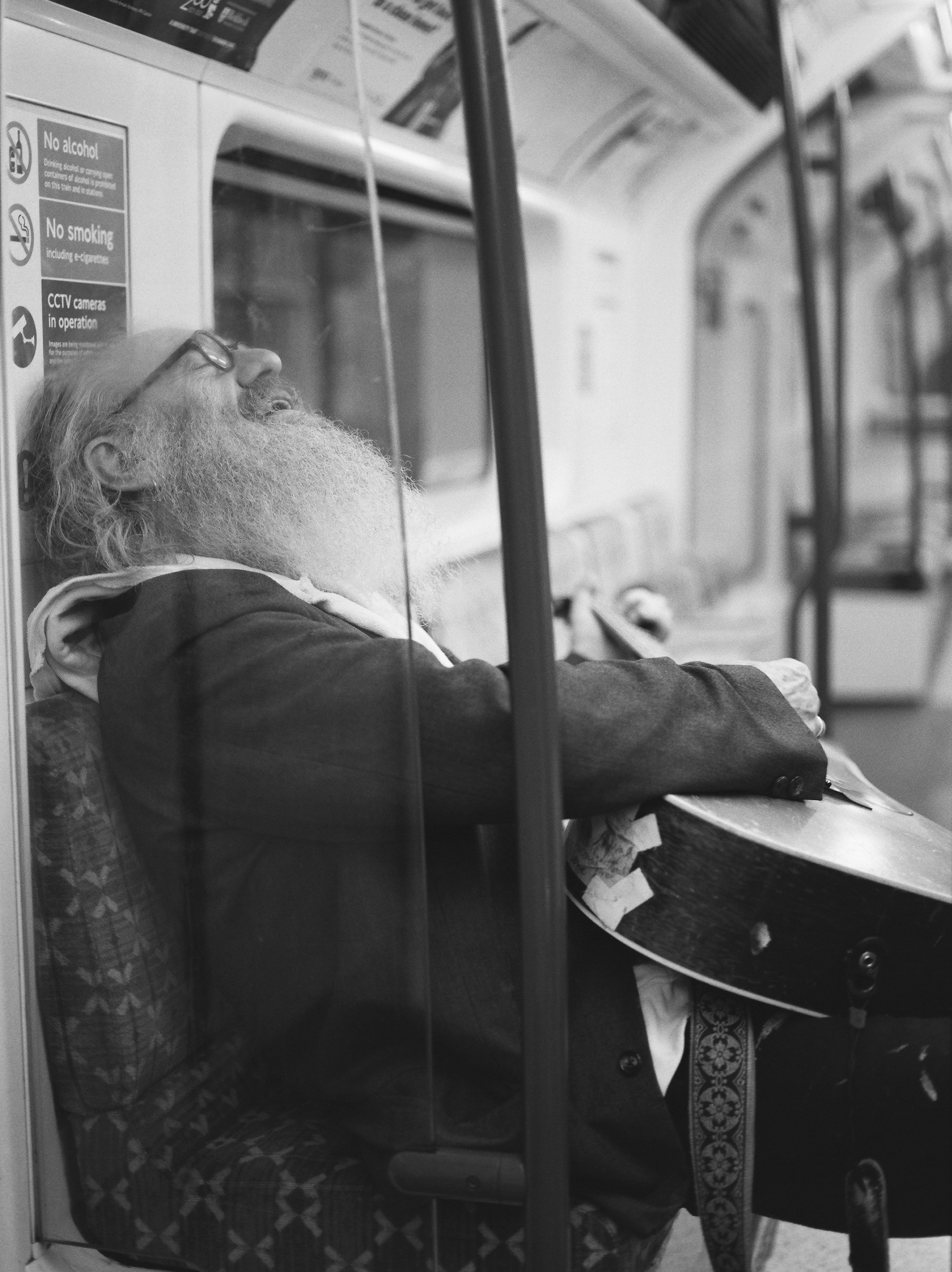"Honestly," he begins, "all these things I did had no singular message. I just had all these desires and mixtures of feelings. I wanted to do anything I could to change the world." Kaye leans back, his gaze drifting momentarily. "Looking back, I’ve been part activist, part out of control, part lost soul, and part rock and roll devotee. I had no grand plan. I had no destination or idea of where I was going.”
His collaboration with Schnabel on The Trainer exemplifies this shift, marking a transformative period of mutual creativity and learning that profoundly impacts Kaye's artistic and personal path. "For The Trainer, I’m interested in helping to create the best character I can for the film's sake. None of it has anything to do with hype or conceptual artistry. And it’s not because I’m in a more peaceful place. I’m just hungrier than I ever was.”
As our dialogue transitioned from the confines of the fluorescent-lit breakfast hall to the mystical expanses of Silbury Hill, the director’s evolution from provocateur to philosopher became evident. His current pursuits in drawing, painting, and music signify a shift from the ephemeral to the tangible, from spectacle to substance. Kaye, once a performer in the grand theater of public attention, now seeks authenticity in the quietude of creation.
Reflecting on his storied legacy and the horizon of his future, Kaye contemplates what he describes as the "big third act" of his life — where his diverse talents and yearning for authentic connections and expressions find harmony. Now, at 71, he finds himself on the cusp of new discoveries. "I am searching for myself and an audience simultaneously," he shares. "Previously, I played the role of an actor. That chapter has closed. Now, I stand before you, simply as myself.”
Seeking to probe deeper, I asked, "And who is that, Tony?" In response, as he peeled away the vestiges of his past, he offered a challenge rather than a direct answer: "Well, that’s for you to decide."



